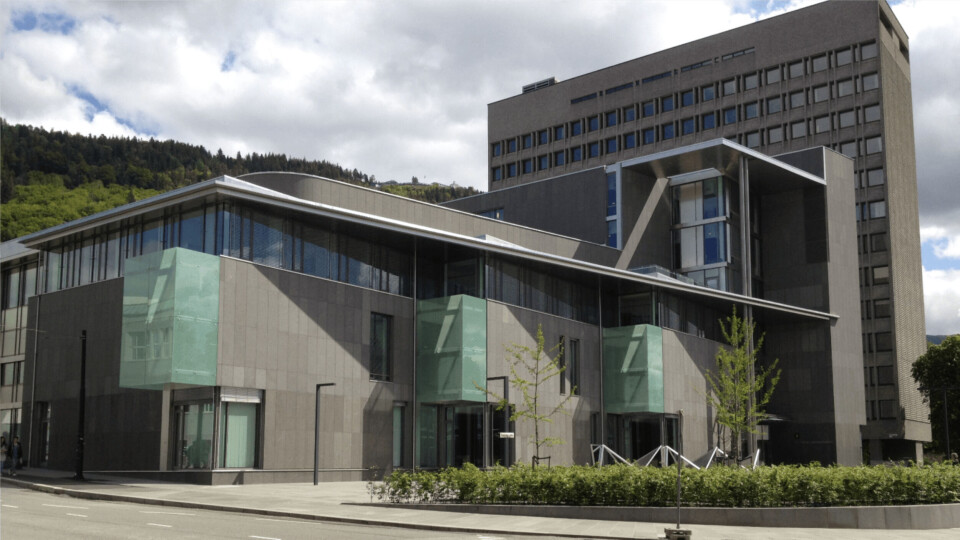
‘Traffic light’ appeal under way in Norwegian court
An appeal against a Norwegian court’s decision to approve a reduction in farmed salmon and trout production to protect wild salmon from sea lice has reached the courtroom.
Farmers from two of Norway’s 13 fish farming production areas last year challenged the order made under the “traffic light” system in Sogn og Fjordane District Court, but lost on all counts.
They have appealed that decision, and their case is due to be heard over 12 days at the Court of Appeal.
The farmers, who include Mowi and Scottish Sea Farms co-owner Lerøy, are now betting that in part new and sharp arguments and not least a new treatment in the Court of Appeal will reverse the verdict.
The case is scheduled to run over three weeks with four court days each week. Fridays are free.
Red light
The traffic light system dictates whether production in a designated area can be increased by 6% (green light), remain the same (orange light) or reduced by 6% (red light), depending on fish farming’s perceived threat to migrating wild salmon smolts.
Although the decision is taken by the state, officials rely on information by what is known as the Expert Group made up of Norwegian scientists regarded as having world-leading knowledge if the field.
Fish farmers in production areas 3 and 4 challenge the red light given to their areas, and question some of the methodology and evidence used by the Expert Group to reach its conclusions, including the number of wild fish calculated to have been killed by sea lice.
Weaknesses highlighted
Since the initial court case verdict last year, an international evaluation committee that included academic experts from Scotland and Ireland has highlighted weaknesses in the scientific basis for the traffic light system.
The evaluation committee was appointed in late 2020 by the Research Council of Norway, which was assigned the task of evaluating the scientific basis for the traffic light system by the Ministry of Trade and Industry.
One of the points raised by the international committee is about the estimates and calculations for mortality limits for wild salmon.
“Both Taranger et al (2011, 2012) and the Expert Group’s report (2019) indicate that available knowledge about infection intensity and negative effect on wild salmon smolt is deficient and should be investigated further,” wrote the committee in an interim report last July.
Limit value data ‘hard to trace’
The international committee further wrote that it had not been able to trace exactly where the mortality estimates and limit values used in the traffic light system come from.
“In order for the underlying science to be more transparent, we will probably comment on the need for a more complete scientific review of the origin of the data that forms the basis for conclusions related to estimates for mortality limits for salmon lice described in Taranger et al (2011).”
The committee also wrote that the Expert Group’s assessments of the traffic light system are the result of a rather complicated process in which several modelling and data analysis steps have been used.
‘Challenging to understand’
“For reasons of transparency, the overall picture of the assessment process should be clearly described. It is our observation that the Expert Group lacks a clear description of this process, and as a result it is challenging to understand which data is fed into which model, or how different model results and predictions have been linked to each other.”
The committee recommended that an easier-to-understand language be used to convey the uncertainty surrounding the various assessments and modelling.
“Of particular concern is how this is communicated beyond a scientific audience to decision-makers, stakeholders and the general public,” the report stated.























































